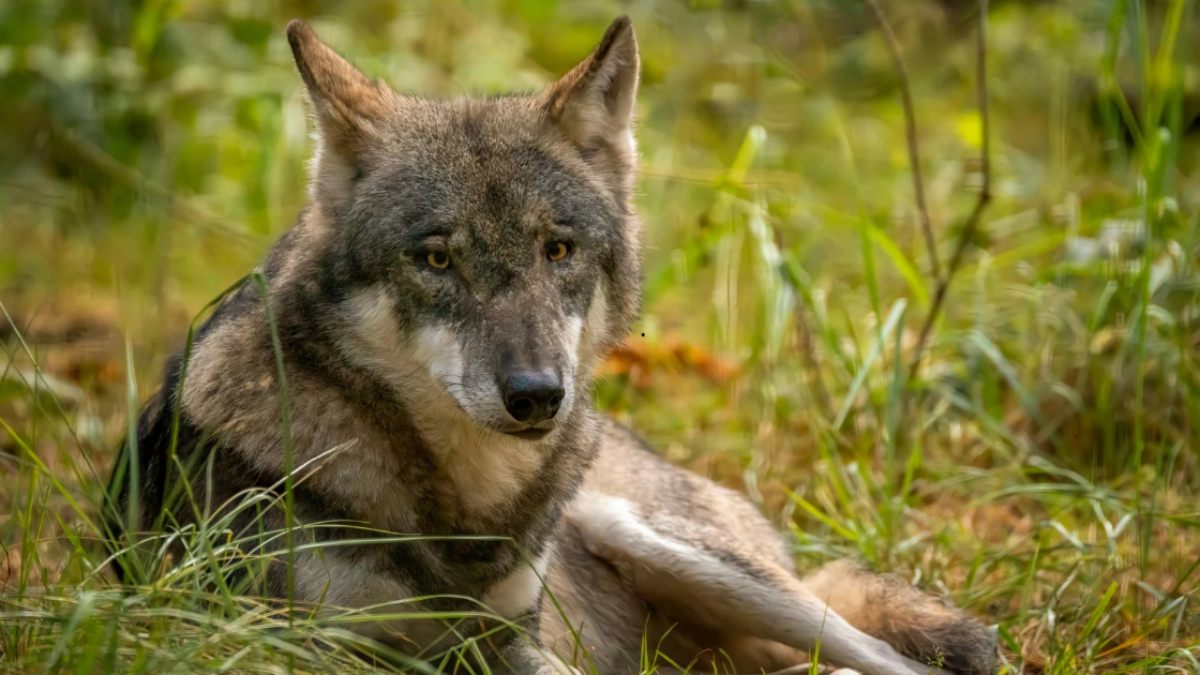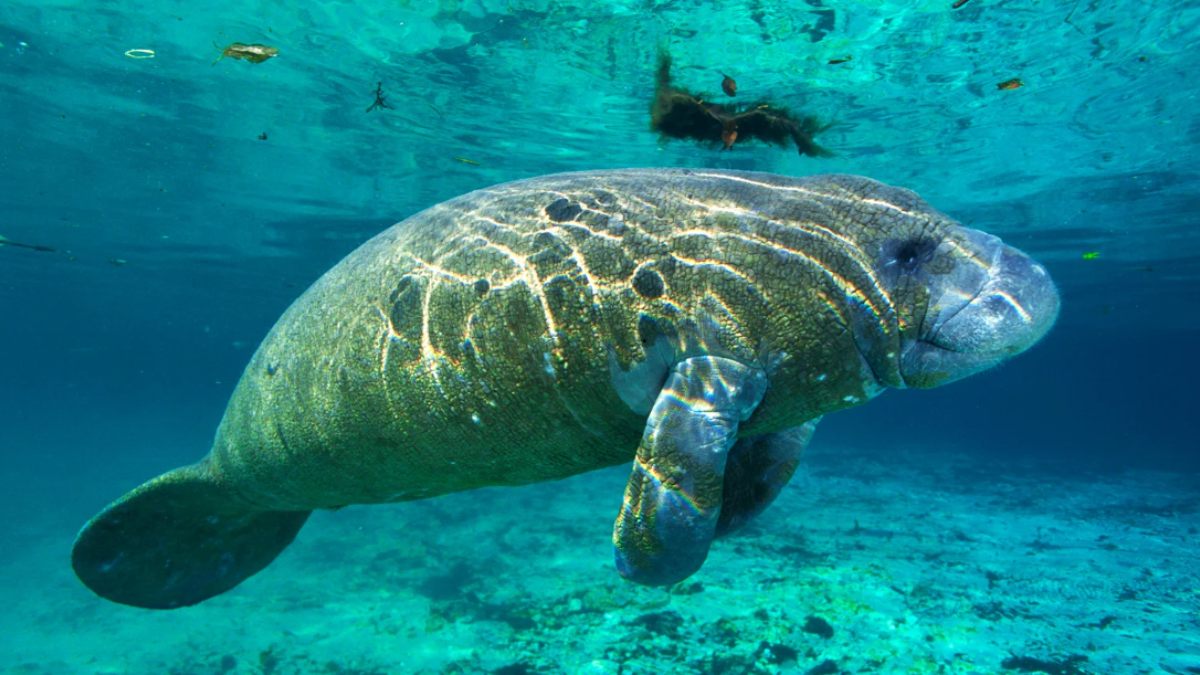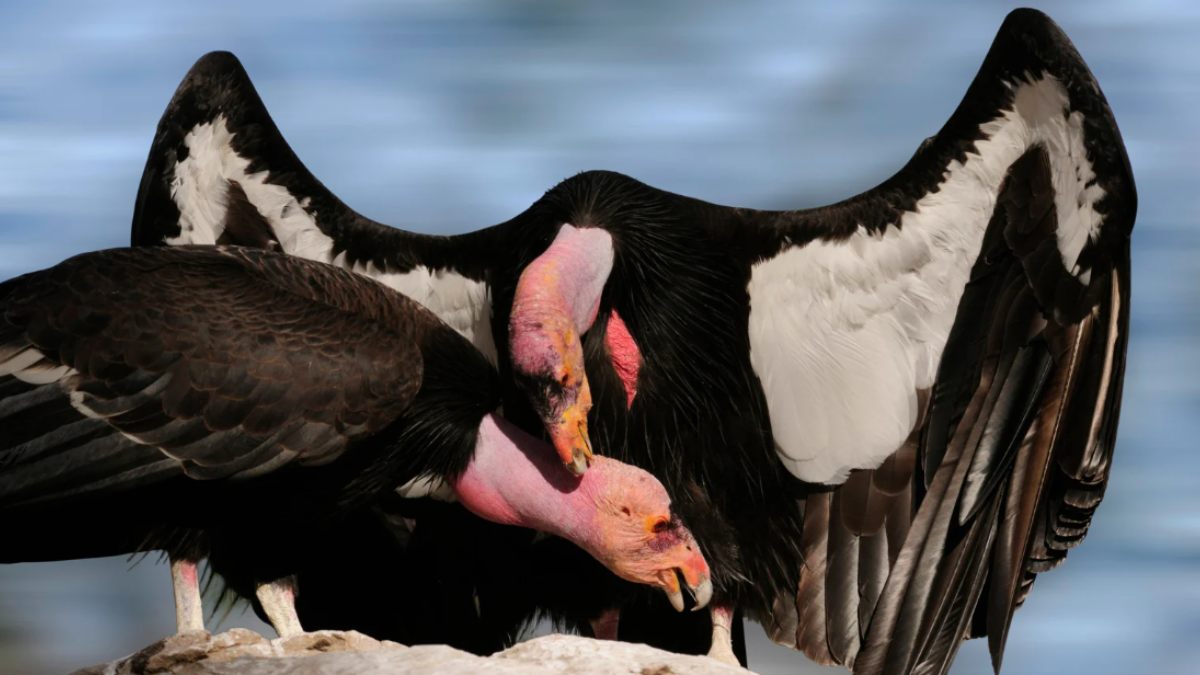Endangered Animals of the U.S.: The United States is home to a diverse range of wildlife, from giant whales in the oceans to rare foxes in the deserts. However, many of these species are facing severe threats due to habitat loss, pollution, climate change, and human activities. According to the Environmental Protection Agency (EPA), more than 1,300 species in the U.S. are currently listed as endangered or threatened.
To address this growing crisis, the country introduced the Endangered Species Act (ESA) in 1973. This law protects animals and plants at risk of extinction by restricting harmful activities and safeguarding their habitats. The ESA is often praised for its strong track record, with a success rate of approximately 99% in preventing species from becoming extinct. Even so, many species remain critically threatened. Their survival depends on continued conservation efforts, legal protections, and awareness.
This article tells you about the ten most endangered species in the U.S. today.
Check out:List of 9 Animal Species That Are Found Only in the US
Top 10 Endangered Animals of the U.S.
Here is the list of the most endangered animals in the United States:
| Sr. No. | Animals |
| 1. | Red Wolf |
| 2. | Florida Panther |
| 3. | Florida Manatee |
| 4. | Loggerhead Sea Turtle |
| 5. | California Condor |
| 6. | Mississippi Gopher Frog |
| 7. | San Joaquin Kit Fox |
| 8. | Franklin’s Bumble Bee |
| 9. | North Atlantic Right Whale |
| 10. | Black-Footed Ferret |
1. Red Wolf

The red wolf is considered the world’s most endangered wolf species. Once common across the eastern and south-central United States, its population declined sharply due to hunting, vehicle collisions, and habitat loss. By the 1960s, it was close to extinction and was officially protected in 1967.
Today, only around 20–30 red wolves are left in the wild, mainly in eastern North Carolina. Conservation programs continue, but the species remains critically endangered.
2. Florida Panther

The Florida panther is the last remaining mountain lion population in the eastern U.S. It once roamed across several states but is now restricted to a small region in South Florida.
Habitat destruction, urban development, and road accidents have pushed its numbers down to about 120–230 individuals. They are mainly found in the Everglades National Park and Big Cypress National Preserve.
3. Florida Manatee

The Florida manatee was one of the first species protected under the Endangered Species Preservation Act in 1967. Conservation efforts helped improve its numbers, and it was later classified as “threatened.”
However, between 2021 and 2022, the species experienced unusually high mortality, with nearly 2,000 manatees dying due to starvation, pollution, and habitat changes. While the population has somewhat stabilized, experts continue to push for stronger protections.
4. Loggerhead Sea Turtle

Loggerhead sea turtles were listed as endangered in 1978 after their population fell by up to 90%. The destruction of nesting beaches, overharvesting of eggs, and accidental capture in fishing nets have historically threatened the species.
Most U.S. loggerhead nests are found in Florida. Thanks to decades of conservation work, nesting numbers have improved, and more than 100,000 nests are now recorded annually.
5. California Condor

The California condor is the largest wild bird in North America. By the 1980s, only six individuals remained due to lead poisoning, habitat loss, and the effects of pesticides like DDT.
A major breeding program helped reintroduce the species to the wild, raising the population to more than 200 by the early 2000s. Despite the progress, the condor is still critically endangered, with only a small number of mature birds in the wild.
Comments
All Comments (0)
Join the conversation